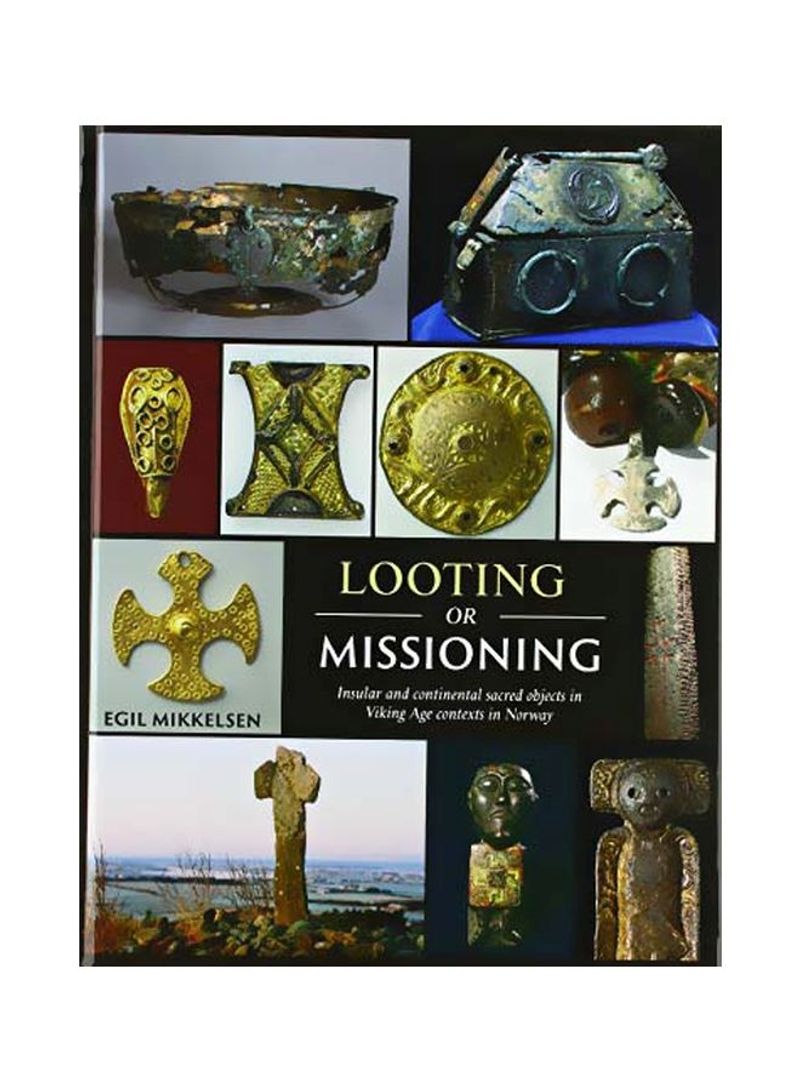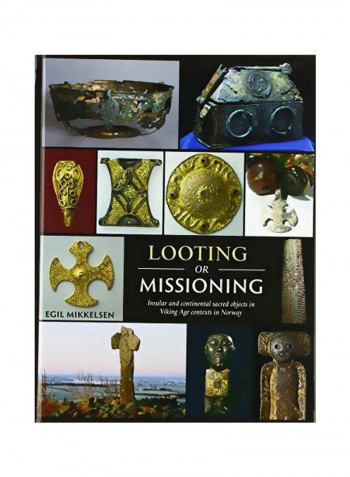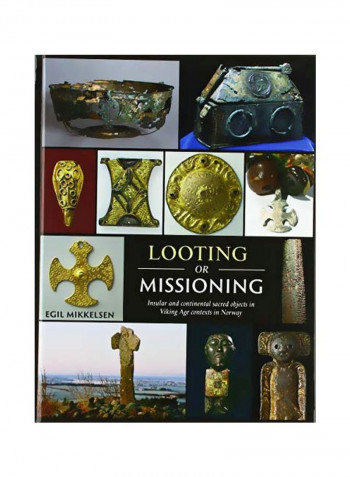Looting Or Missioning Hardcover
Recommend
Sort by
Rating
Date
Specifications
Author 1
Egil Mikkelsen
Book Description
Until now insular and continental material, mostly metal-work, found in pagan Viking Age graves in Norway, has been interpreted as looted material from churches and monasteries on the British Isles and the Continent. The raiding Vikings brought these objects back to their homeland where they were often broken up and used as jewellery or got alternative functions. Looting or Missioning looks at the use and functions of these sacred objects in their original Christian contexts. Based on such an analysis the author proposes an alternative interpretation of these objects: they were brought by Christian missionaries from different parts of the British Isles and the Continent to Norway. The objects were either personal (crosses, croziers, portable reliquaries etc.), objects used for baptism (hanging bowls), equipment to officiate a mass (mountings from books or reading equipment, altars or crosses) or to give the communion (pitchers, glass vessels, chalices, paten). We know from contemporary sources (Ansgar in Birka, Sweden in the ninth century) that missionaries brought this sort of equipment on their mission journeys. We also hear that missionaries were robbed, killed or chased off. Mikkelson interprets the sacred objects found in Viking Age pagan graves as objects that originate from the many unsuccessful mission attempts in Norway throughout the Viking Age. They changed function and were integrated in the pagan tradition. The conversion and Christianisation of Norway can thus be seen as a long-lasting process, at least from about 800 (but probably earlier) to the beginning of the eleventh century. As we must assume that the written sources on the subject are incomplete, the archaeological evidences are the main source. In addition to metal work and written sources, the dating and interpretation of stone crosses, rune stones, manuscript fragments and early Christian graves and churches are discussed. The main part of the manuscript regards the context of all these sources, studied in each part of Norway separately: Where do we find concentrations of objects that could support the interpretation of these being the result of mission attempts, and where can we combine archaeological and written sources to tentatively create more complete stories related to mission? One analysis is of special interest to British and Norwegian scholars and even a broader audience. It refers to the chieftain Ohthere from Northern Norway, who visited King Alfred the Great in Winchester in 890. The author finds a link between Alfreds court and Ohtheres farm which, it is argued, for was Borg at Vestvagoy, Lofoten, where the biggest Viking Age house in Northern Europe has been excavated. In the hall of this house were found a rare glass beaker with gold cross decorations, a Continental or British made pitcher, pieces of a bronze bowl and an aestel of gold. This last piece is only found in Northern Norway and in England, with Wessex and Mercia as the core areas. "The Alfred Jewel" (Ashmolean Museum) is also an aestel of the same main type, but much more splendid and with an inscription relating it to King Alfred. Mikkelson argues for a bishop being sent from Wessex and Alfreds court on Ohtheres ship back to Northern Norway as a missionary
ISBN-13
9781789253184
Language
English
Publisher
Oxbow Books Limited
Publication Date
16 September 2019
Number of Pages
256
About the Author
Egil Mikkelsen, now retired, was Professor in Archaeology and Director of the Museum of Cultural History, University of Oslo. His research interests are wide and varied but with an emphasis on all aspects of Scandinavian Viking archaeology and history, rock art and the relationships between Viking, Christianity and Islamic iconography and religion



